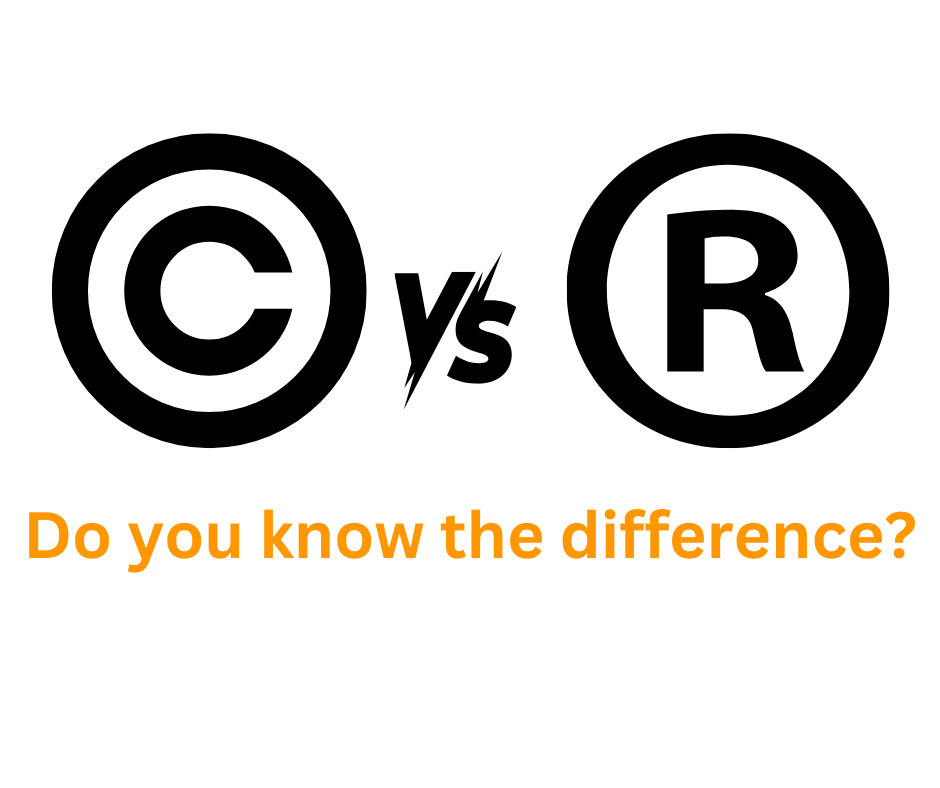HOMENEWS & INSIGHTS
Trade marks vs Copyright: Understanding the Differences for Your Business
As a business owner, protecting your intellectual property is incredibly important. Two (of many) forms of legal protection available in the United Kingdom are trade marks and copyright. While both of these forms of protection exist to protect your creativity, many people often get them confused, which can be detrimental to a business. In this article, we’ll explore the differences between trade marks and copyright, so you can understand each one better and know which protection, or if both, are right for your business.
Trade mark protection refers to the legal framework set up in the UK (or abroad if operating further afield) to protect brands and to ensure businesses can differentiate their products and services from others. In essence, trade marks protect the name, logo, and other brand aspects that distinguish your business from others in the marketplace. You can register your trade mark with the UK Intellectual Property Office (IPO) for a fee. This registration serves as the legal document that proves that the trade mark is yours, and that you have exclusive rights to use it. Trade mark protection can last indefinitely, provided you renew it every 10 years.
On the other hand, copyright protects creative intellectual property such as original works of art, literature, music, and other creative works. This protection applies to anything that can be seen, heard, or read in some form. Once you create an original creative work, it is automatically protected under UK copyright law and grants you absolute rights to prevent others from copying your work without your permission.
In the UK, for most works (literacy, dramatic, musical or artistic works) copyright lasts for the lifetime of the creator plus 70 years. Some other works such as broadcasts and typographical arrangements are protected for fewer years. Copyright can be a complex area of law, but it’s important to understand how it applies to your business. Copyright infringement can occur when someone uses your work without permission or without giving you credit, so it’s important to ensure that you have the necessary permissions in place when using the work of others.
While the two forms of protection are straightforward, there can be some overlap between them. For example, if you created a logo for your business and registered it as a trade mark, any potential copyright to the artwork would still belong to you unless you opt to transfer that ownership. However, if your logo was also considered an original creative work (such as an artistic work), then the copyright in the artwork would also need to be acknowledged and protected separately.
It’s important to note that it is your responsibility to enforce your trade mark and copyright protection. If you discover someone else using your trade mark or work without permission, you’ll need to negotiate with them directly. Legal action through the courts is a possibility if this isn’t successful, however as this can often prove expensive, it’s best to consult an intellectual property solicitor before considering legal action.
By understanding the differences between trade marks and copyright, you can protect your business’s intellectual property better. Both offer protection that allows you to maintain a competitive edge in today’s business world. As a business owner, it is crucial to have an understanding of both and how to protect your intellectual property from being used unfairly and keep it safe and secure.
If you require any further information or would like to discuss any of the above further, then please contact one of our Intellectual Property experts today.
Share article
Our offices
Contact Us
5 Poole Road
Bournemouth
Dorset
BH2 5QL
Tel 01202 377800
9 Poole Road
Bournemouth
Dorset
BH2 5QR
01202 377800


